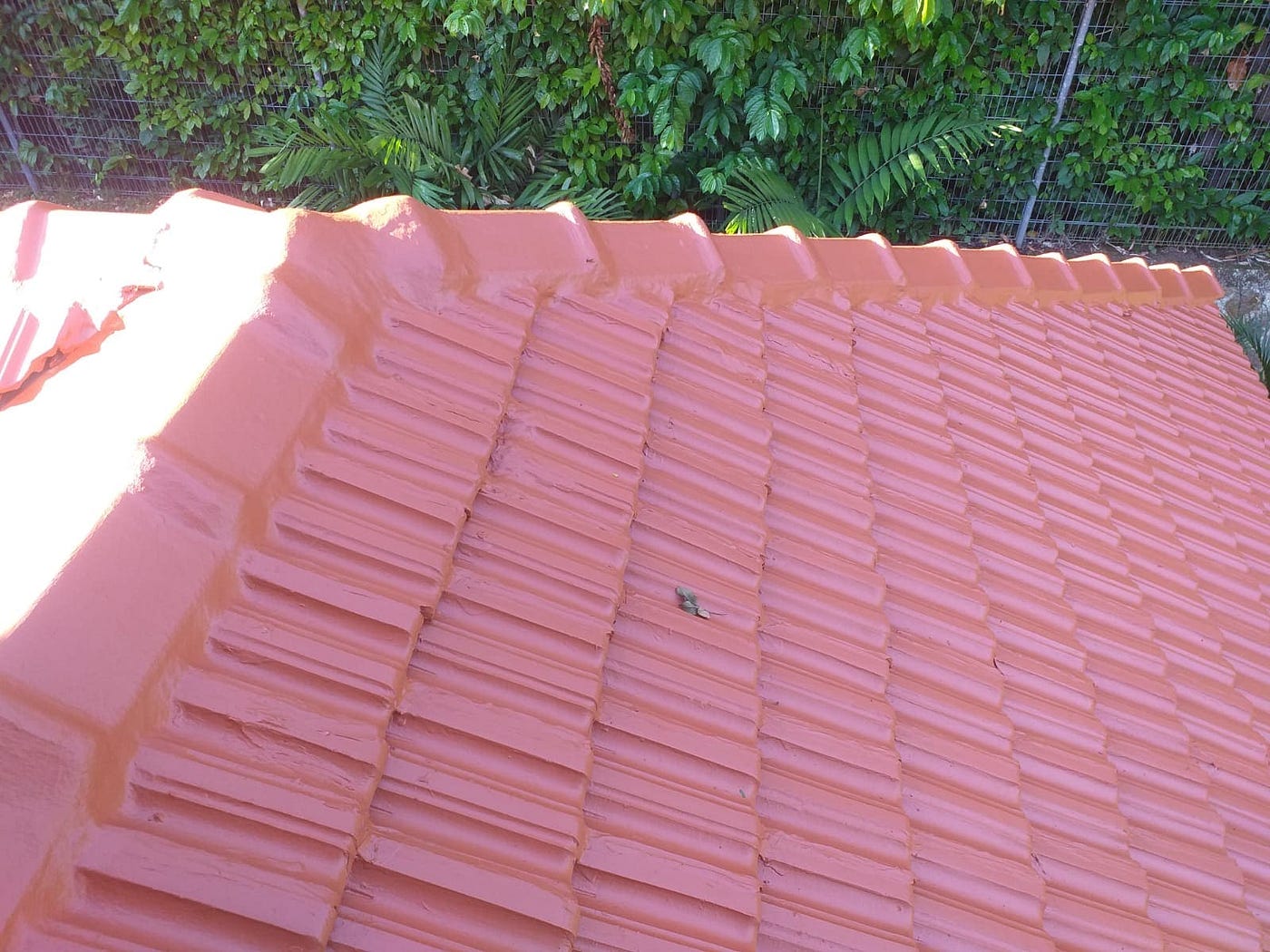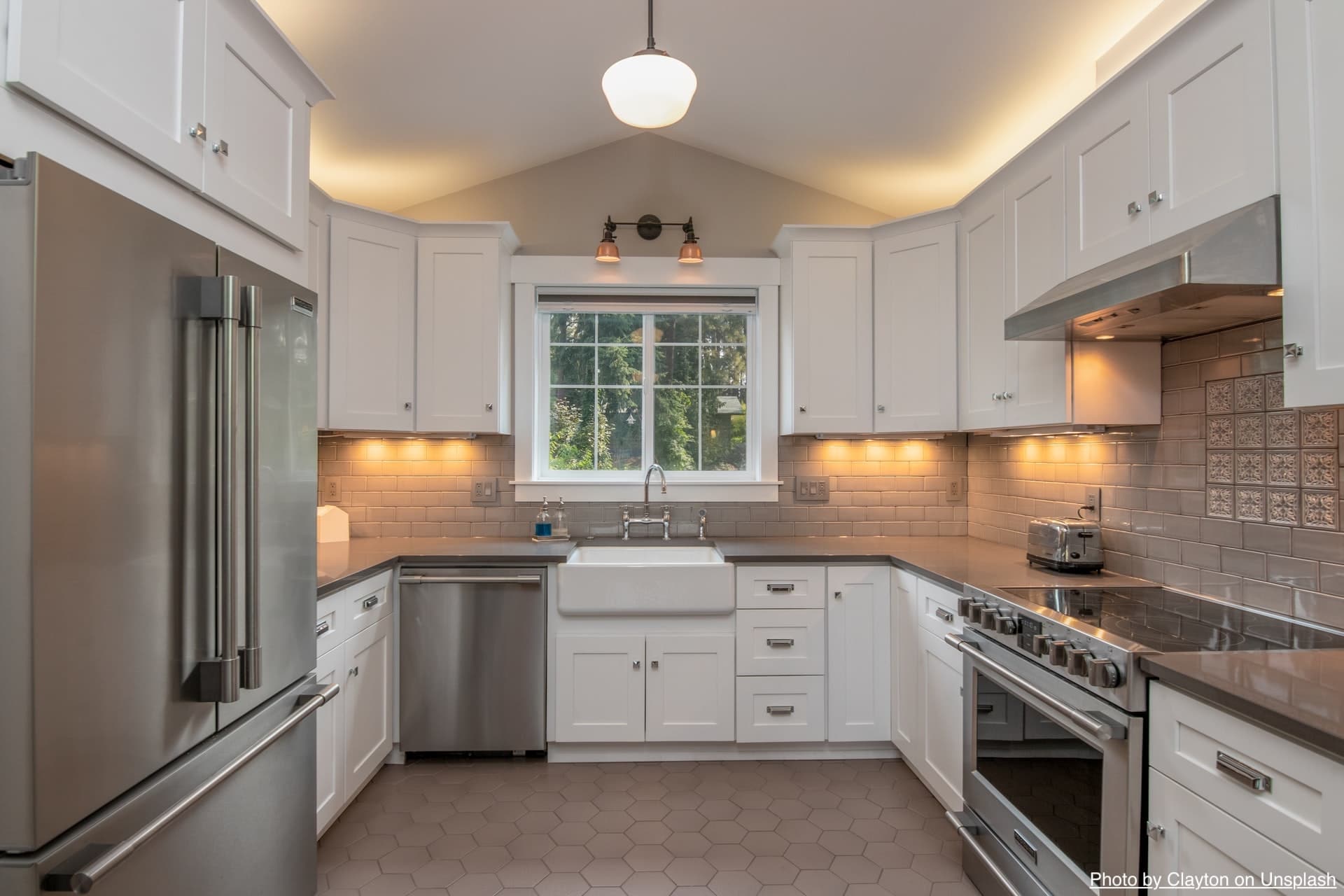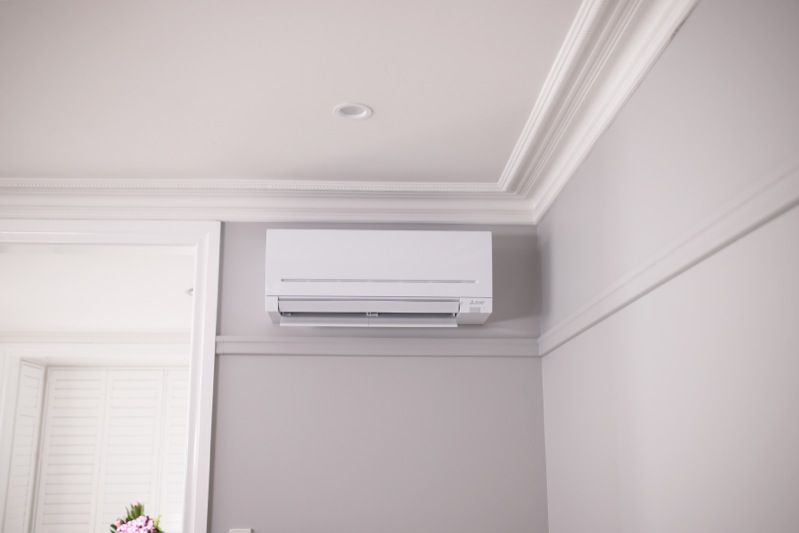6 Proven Steps to Pest Control Success

When it comes to pest control, every homeowner and business proprietor wants nothing but quality service. Agronomy specialists like C. Tim Schnakenberg believe that successful pest control is only possible by putting into application the principles of Integrated Pest Management (IPM). There are so many reasons that IPM programs are truly effective as far as pest infestation is concerned. First, IPM places great importance on health and safety, which is why it prioritizes, as much as possible, the use of non-chemical treatment methods for fighting pest infestation. In other words, IPM regards chemical treatment only as a last option for resolving pest problems. What is given more emphasis in IPM programs is getting to the bottom of the issue and examining early on the underlying reasons for the pests’ invasion so that necessary actions or interventions are formulated without automatically resorting to the use of pesticides.
Table of Contents
Steps to Successful Implementation of IPM
Pest Identification
This talks about identifying the type of pests under consideration. For professional vest management, knowing the specific pests you are dealing with, including their behavior, is a fundamental step. It helps pest control providers in determining the most efficient and appropriate intervention plan and treatment options for the pest in question. This way, the problematic pests will be successfully eliminated without harming other organisms in the environment.
Problem Analysis
Following step one, analyzing the causes of the pest problem comes next. This is imperative because it allows you or the pest control service provider to figure out the reasons the pests are attracted to your property. Do you have overflowing garbage or unremoved food debris? Are there existing cracks or holes or structural damages in your property that provide pests access to your home or facility? Through these questions, you will be able to come up with options for applying pest control techniques.
Regular Inspection
Steps one and two will only be realized through routine inspections of your property. This entails regular checking of zones and other spaces that serve as possible targets for pets such as food storage areas, kitchen counters or dining areas, garbage cans, damp spaces, entry points, or anywhere that could provide perfect shelter for pests. Inspections may be done daily, weekly, or monthly depending on how seriously you take pest control.
Action Plan
A preventive action plan is a must before the pest infestation becomes unbearable. After close inspections and identification of the problematic pests and the causes of infestation, the next important step is to take preventive measures. You may start with the basics—sealing and blocking of all possible entry points for the pests, thorough regular housekeeping, and sanitation. These steps do not require the use of chemicals just to get rid of pests and somehow, they effectively keep pests at bay.
Selection of Treatment Method
If pest infestation persists even after doing all preventive procedures, it is high time that you choose an appropriate treatment method. Again, IPM favors the use of non-chemical pest control over chemical treatment. However, in the case of heavy infestations where the natural method no longer works, the latter may be utilized but with utmost care and only through the guidance of a professional.
Frequent Monitoring
The good thing about IPM is that it acknowledges the fact that pest control is an ongoing process. Hence, even after following all the other steps mentioned above, you must still need to continually monitor your home or vicinity every now and then for possible pest activity. Doing this will enable you to detect prevailing pests and signs of impending infestation. It will also allow you to assess the sanitary conditions of your property and pinpoint sanitation issues needed to be addressed.
Pests will always be pests and will continue to coexist with humans. Though some are considered harmless, most pests pose a threat to people’s wellbeing, cause damage to our properties, and disrupt our daily living. Needless to say, we need to get rid these annoying critters or at least discourage their presence in our homes. Successfully preventing pests from finding refuge inside our properties can be achieved by observing the aforementioned steps. The six basic steps have been practiced by various institutions including product manufacturers, food service companies and other businesses. Indeed, IPM is an efficient way towards quality and successful pest control.





